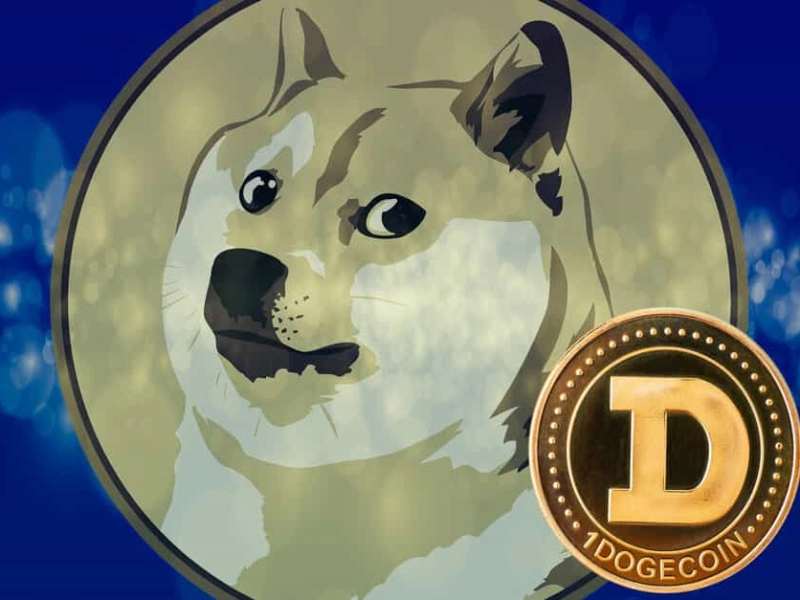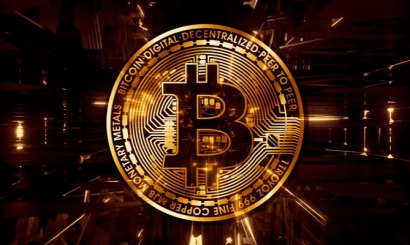Santiment analysts suggest awareness of "whales" about Dogecoin's rise
Santiment analysts suggested that cryptocurrency "whales" are aware of Dogecoin's recent rise
Using on-chain metrics, experts analyzed recent movements of the meme cryptocurrency and assessed the likelihood of a further rally
Santiment analysts have suggested the awareness of "whales" about the recent rise of Dogecoin (DOGE). By researching on-chain metrics, they analyzed the movement of the coin's exchange rate, and the actions of its owners, and estimated the likelihood of further growth of the asset.
On April 3, Elon Musk swapped the Twitter logo (the social network is blocked in Russia) for the Dogecoin symbol - the image of a Shiba Inu dog. According to analysts, most of the cryptocurrency community already knows that if Musk does something on the social network, his goal is to have fun, attract attention or make money. Perhaps, in this case, all three goals were met, Santiment noted.
The day after Twitter's logo change, the Dogecoin token rate soared more than 33%, temporarily outpacing the growth of other cryptocurrencies. This happened in two waves: a big price jump started and ended almost immediately after the news (from $0.077 to $0.100), followed by the second wave of growth (to $0.102). As of April 6, 13:30 Moscow time, DOGE was down to $0.09.
Studying the transaction data and market indicators, Santiment analysts noted many signals that indicated when big players (who, according to the authors, probably knew about the planned "pumping" of DOGE) were exiting the asset or, at least, were taking big profits.
Santiment explained that when the number of active addresses, the volume of trades and transactions, and transactions of "whales" (addresses with more than $100k) together grow sharply in a period when the asset is experiencing growth independent of the rest of the markets, it is safe to say that a local top is almost always formed here and fixing profit at that moment is a wise decision.
Analysts have studied the behavior of coin owners, dividing them into four categories based on the number of Dogecoin tokens:
"Fishes" (0-10 DOGE);
"Dolphins" (10 to 10 thousand DOGE);
"Sharks" (10 thousand to 10 million DOGE);
"Whales" (10 million or more DOGE).
According to the study, "fishy" addresses aggressively bought the coin the moment the price peaked. This is typical and is one of the signs of a price peak, analysts said. "Dolphins" and "sharks" showed no signs of participating in the rally.
And "whales" were buying the token in small quantities in anticipation of replacing the Twitter logo. And as soon as the Dogecoin price jumped, the owners of such wallets fixed their profits.
Sentiment speculates that something may have been known to large DOGE holders. It's just a guess - the identities of the owners of the addresses are unknown, the article specifies.
In assessing DOGE's prospects for further growth, analysts pointed out that the price spike was followed by "lower highs." "Higher highs" would be a much more reliable sign that a major rally is about to begin, Santiment said.
- The middle ground. How decentralized crypto exchanges depend on the SEC
- Binance's share of the crypto market decreased by 16% in the first quarter of 2023
- Media learned about the sale of $100 million worth of bank shares from Signature insiders
- New Reputation. What will happen to the Solana ecosystem and the price of the SOL token?
- DeFi project SafeMoon lost $9 million in hacks
- South Korea seizes $150 million in assets of former Terraform employees
- MetaMask denied rumors of a March 31 Airdrop







